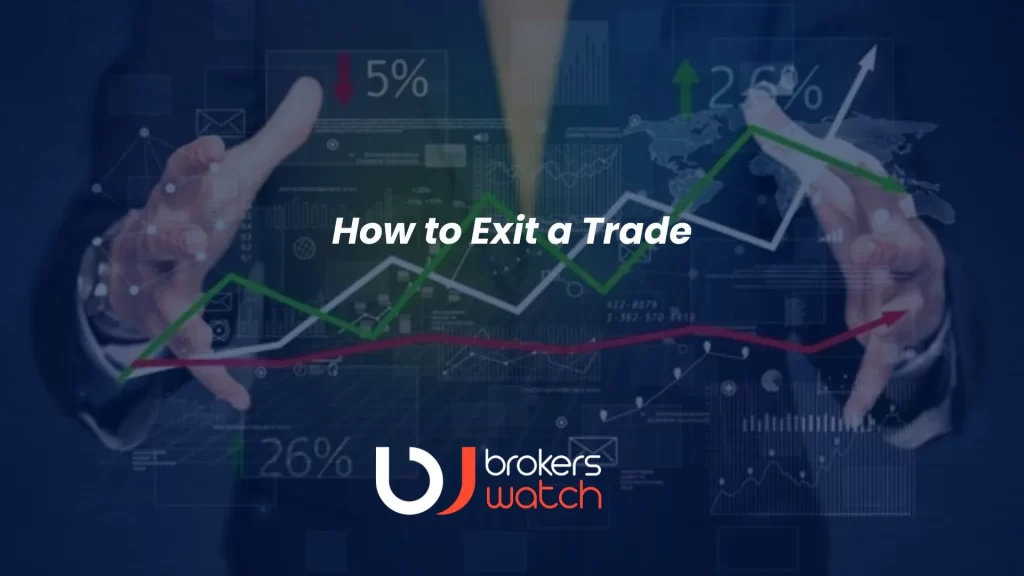How to Exit a Trade
Successful trading requires mastering exits. If you’re struggling to cut your losses or when to take them, follow these 3 steps to create a next-level trading exit strategy that works for any asset class.
Here we provide you with steps on How to Exit a Trade
#1 Calculate Your Risk-Reward Ratio
The first step in planning your trading exit is to use the risk/reward ratio. The risk/reward ratio determines how much profit you should aim for to justify the risk of a particular position. Ratio 1:1 means that a position with a risk of $20 requires a potential profit of $20. 1:2 means you want a potential win of $40.
What is a good risk-reward ratio?
Choosing a balance between risk and reward is a trade-off. 1:1 ratio means that the next time you lose, the winnings from one winning position will disappear instantly. So to make money he needs a success rate of 50% or better, leaving little room for error. However, setting the ratio too high risks limiting your trading opportunities. A 1:5 ratio means you need only a few successful positions to get a healthy return, but you may struggle to find a deal and effectively keep you out of the market. Also, these trades are inevitably less likely to succeed and can lead to a prolonged losing streak.
#2 Outline Your Exit Before Your
There are risk and reward trade-offs, so always make sure you know your intentional exits from a trade before entering it. So you know when to lose and when to win. Using stop loss and take profit is important here, so you can place an exit order before executing the trade.
Trading exit Strategies
There are several trade exit strategies that can be used to determine when to close a position.
The easiest way is to set a stop loss at the point where it becomes clear that the trade has failed. For example, just below the previous support or resistance level when using the breakout method described in the previous lesson. Then multiply the distance from entry to stop by the risk/reward ratio and set your limit there.
However, you need to ensure that the market is likely to reach your target within a reasonable time frame. Tools such as moving averages, average true ranges, and volume indicators are all useful for gaining insight into the strength of upcoming movement and are worth using to determine if the opportunities you find are realistic.
#3 Know When To Exit A Position Early
In general, you should try to keep your planned exits as long as possible, but that doesn’t mean you have to hold onto apparently doomed trades until your stop loss is reached. There are some scenarios where it is better to fold early.
Unexpected events
For example, an unexpected event can take the market in an entirely new direction. The CEO of a company you do business with may suddenly resign, a central bank may suddenly change monetary policy, or a natural disaster may cause a major disruption in the supply of commodities. If an event seems to ruin your initial strategy, quitting now is often a better option than waiting to see what happens next.
Slow markets
Another example of deciding to exit a trade early is if the price rate of change is not fast enough. Essentially, this means that while the market is heading towards its limit, it is unlikely that it will be reached within the chosen time frame.
Moving average crosses
Finally, moving average crossovers can indicate that the trend you’re trading is nearing its end, so it’s a good idea to make an early move. Long positions can be jeopardized if the short-term moving average (MA) or exponential moving average (EMA) breaks below the long-term moving average or EMA. On the other hand, if it crosses, short trades can be jeopardized.
Should you always stick to your take-profit order?
We’ve outlined some scenarios where exiting a trade early is the right option, but successful traders also know when to push the limits and make profits.


